4 Steps to Creating a Juice Bar in a Grocery Store
The “Fresh Format” grocery store is becoming the standard. Having food and beverage options made in-store attracts new customers and helps retain your current customers. In-store freshly-squeezed juice, infused water, and smoothies were up 22% over 2015 and 105% over the past three years. Source: IRI, MULO, 52 weeks ending 12/27/2015.
Beyond just serving a fresh product, making juice is also important for reducing fruit and vegetable waste. When you have apples or lemons that may not look perfect, but are still healthy and good, you can use them to create juice instead of letting them go to waste when customers won’t purchase them.
Here is a list of four main steps and what you need to consider when starting a fresh juice program in a grocery store:
- Decide which type of juice bar you want to create
- Plan the retail space and kitchen layout
- Create recipes and plan menu
- Profit
Step 1: Decide which type of juice bar you want to create
There are two main types of juice bars in grocery stores:
The first option is a made-to-order juice bar that offers the option of providing juices on-demand as customers order them. Customers see this as the freshest way to get juice, however, the labor costs are high and you need a dedicated retail space to making juice on demand.
The other option is to produce bottles of juice in batches, and market them in a cooler as grab-and-go. This usually equates to a lower up-front investment, lower labor costs, and less retail space required.
Also popular is to do a combination of both (think Whole Foods Market). Whole Foods offers the “made right here” bottles of juice, as well as fresh juice on demand.
Step 2: Plan the retail space and kitchen layout
Once you decide on the model of juice bar you want to create, you will need to lay out the kitchen and retail space. We have created “The Future Is Fresh” Guide that has a nice description of a basic kitchen layout and an equipment list for creating cold-pressed juice. Download The Future Is Fresh Guide.
The Goodnature X-1 is very popular in grocery stores because of its efficiency and produce flexibility. You can produce fruit and vegetable juices, citrus and pomegranate juice, nut milks, and more.
Step 3: Create recipes and plan menu
I always tell people that it’s better to have a small menu with 6 or 7 juices than a big menu with dozens of options. Creating a small menu allows you to manage your costs and inventory better and to reduce waste. Once you develop a nice core menu, you can rotate new experimental recipes as needed.
We have also seen grocery stores offering larger containers of more standard juicing options, like pint-size bottles of pure apple juice or carrot juice. These can be priced lower than the “green juice” options since both apples and carrots are relatively cheap. Providing a natural, raw apple juice option in your stores allows parents to choose whether to give their children a truly natural product, or the “regular” apple juice which has been made from concentrate or heavily processed.
Step 4: Profit
Once you plan your menu, your staff is trained, and you are selling juice in your store, you should be able to get a very healthy margin on the product. Selling the non-organic juice for $5.99 each, you should be able to retain a 60%-70% gross margin, compared to 30%-40% for juice you buy wholesale and resell in your stores. You can price the juice lower, at around $3.99 each and still retain a healthy profit at around 40% if the menu is planned correctly.
Most grocery stores sell between 75-250 bottles of made-in-store, cold-pressed juice per day, at a typical price range of $4.99 – $8.99, depending on if it’s conventional or organic juice. With this type of volume, you can expect to pay back your investment within a few months, and enjoy the reputation of being a store that offers a healthy and premium fresh juice product.
Comments
Do I need a license to sell my fresh juice in a store. Do I need a permit.
Hi Dorothy, You will need to work with your local health department, check out our article on navigating the health department here: https://www.goodnature.com/blog/7-tips-navigating-health-department/
Interesting you didn't mention major grocery chains such as Save Mart in CA installing juicing machines right in their produce departments for consumer self-serve. As a Valencia packer/shipper/marketer, we're excited to see this additional opportunity evolve for consumers!
Kellee, what type of juice are they doing self serve? Orange juice?
Smart breakdown. Hopefully more grocery stores start offering fresh juice instead of the crappy concentrated options.
Agreed!
this was very helpful, thank you!
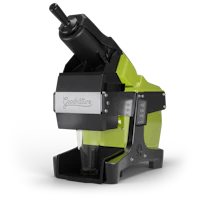
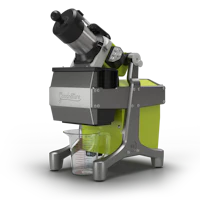


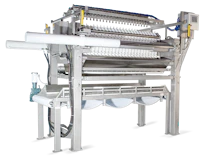


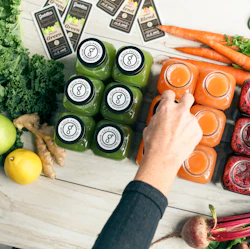


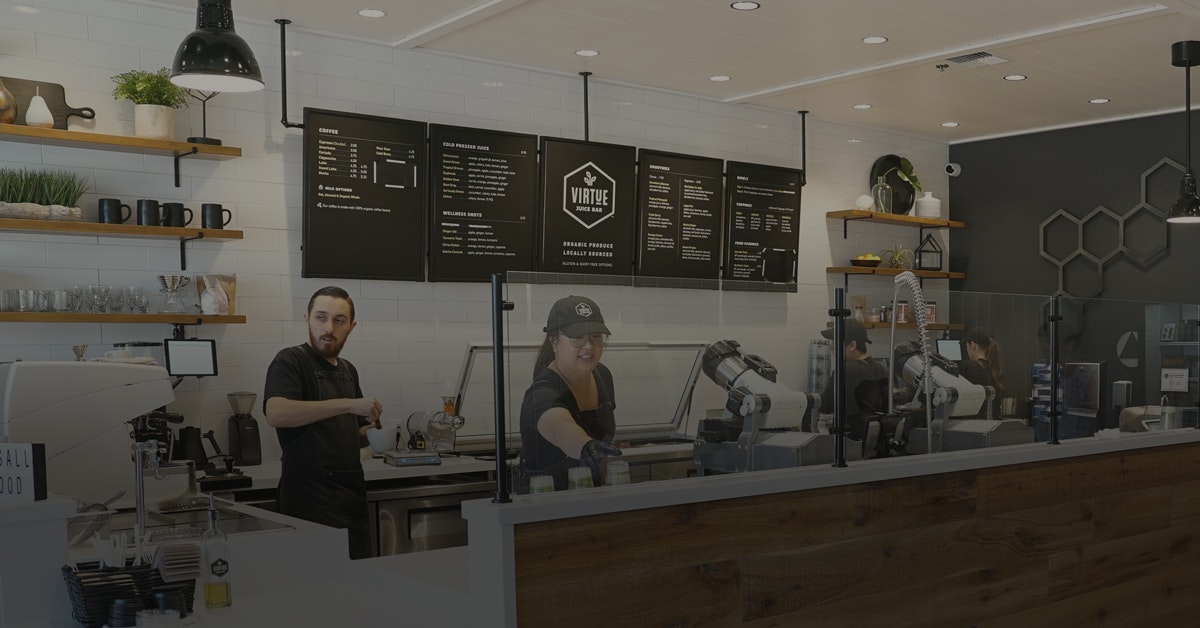
Comment